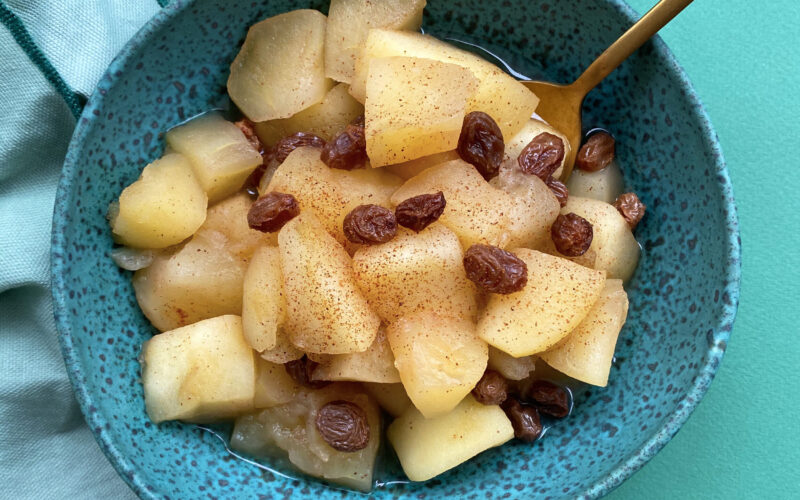Published Nov 1, 2022
Traditional Kitchari Recipe
This kitchari recipe is relatively easy to make and very intuitive. What was once a staple cleanse meal for me has now become an integral part of my weekly recipe repertoire. Simply put, kitchari is healthy, nourishing, warming, and oh-so comforting.
Read more about kitchari benefits and ingredients here.
Ingredients:
- 1 1/2 cups mung dal (split yellow lentils)
- 1 cup basmati white rice
- 5-6 cups water*
- 2 tbs. of ghee
- 1 tsp. mustard seeds
- 1 tsp. fennel seeds
- 1 tsp. cumin seeds
- 1/4 tsp. black pepper
- 1/2 tsp. turmeric powder
- 1/4 tsp. asafoetida (hing)
- sea salt to taste
- Fresh coriander or parsley, finely diced, for garnish
- Optional: steamed, fresh or roasted veggies (pick 2-3)
Instructions:
- Rinse the mung dal and rice with water 2-3 times or until the water runs clear then soak in a large bowl for at least 3 hours or overnight. Drain the soaking water before cooking.
- In a large pot, warm the ghee over medium heat. Add the mustard, cumin, and fennel seeds and sauté for 1-2 minutes until the spices start ‘popping’ and become fragrant.
- Add the rice and moong beans and sauté for another couple of minutes, stirring occasionally.
- Add 5 cups of water and bring to a boil. Add the salt, hing, ginger, turmeric, pepper, and reduce heat to medium-low. Cover and cook for about 30 minutes.
- When the water is just about level with the rice and moong, add the cooked veggies. Continue to cook for another 5 minutes or until the rice and moong are softened.
- *If you prefer a soupier consistency or the kitchari becomes too thick, add more water (about 1/2 cup at a time) to the pot during the cooking process.
TIP: Adding boiling water helps to maintain the temperature of the kitchari.
Adapting the Recipe
Reaping the benefits of kitchari and creating more balance in the body is as easy as making some simple modifications to the recipe, such as the types of vegetables and spices that you choose. The choices should always reflect any current imbalances that you may be experiencing and/or the season. If you are not experiencing any imbalances, then choose the recipe above or opt for add-on ingredients specific to your prominent dosha. Discover your Dosha here.
Vata-balancing:
- add sweet root vegetables and bitter leafy greens like collard greens, Swiss chard, and kale
- add warming spices like freshly grated ginger and cinnamon
- garnish with an additional teaspoon of ghee
Pitta-balancing:
- add sweet veggies such as carrots, squash, and peas and astringent vegetables like broccoli, green beans, and zucchini
- garnish with shredded coconut flakes and freshly squeezed lemon or lime
- favour cooling spices like fennel, fenugreek, cumin, and mint
Kapha–balancing:
- decrease basmati rice to 1/2 cup and increase the mung dal to 2 cups
- decrease ghee to 1 tablespoon
- add bitter cruciferous veggies (broccoli, cauliflower, Brussels sprouts), asparagus and astringent vegetables like green beans and okra
- add extra powdered ginger and/or cinnamon to boost metabolism
- garnish with drying, pungent spices like black pepper and/or cayenne



